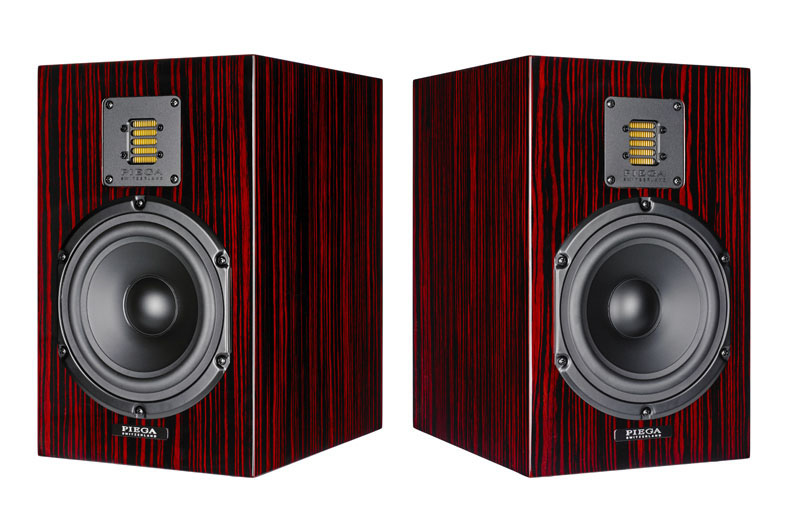What Hi-Fi? Verdict
The Piega Classic 3.0s are well built and capable of some impressive sounds. They’re up against some tough competition, though
Pros
- +
An authoritative sound and refined presentation
- +
Impressively hefty low-end
- +
Insightful and articulate treble
- +
Excellent build and finish
Cons
- -
Sound could do with a bit more bite
Why you can trust What Hi-Fi?
Never heard of Piega? We wouldn’t blame you, particularly if you live in the UK.
This Swiss speaker manufacturer was founded back in 1986, but over the decades its presence in the British market has been sporadic at best.
That’s a shame, because the company makes some hugely capable designs, and has specialised in ribbon drive units from the beginning.
MORE: Piega TC70X review
Build
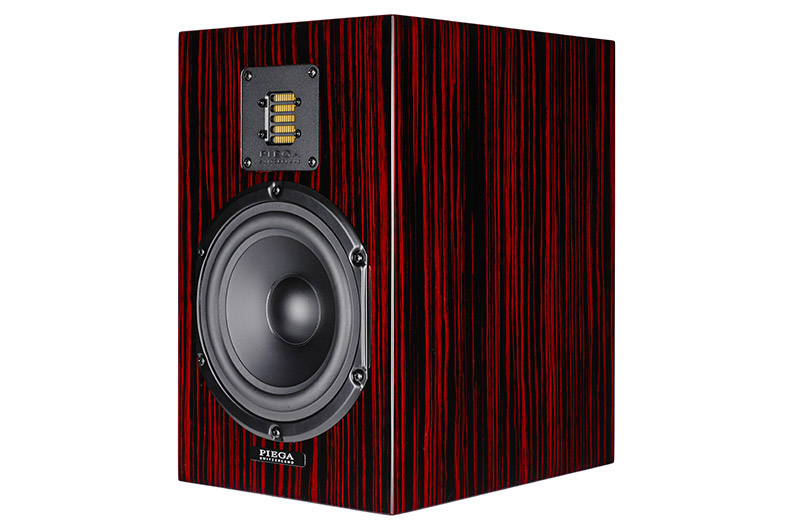
Look at the current range and you’ll not only find in-house ribbon tweeters but clever co-axial designs that couple tweeter and midrange in a single array – a bit like a ribbon version of Tannoy’s celebrated Dual Concentric drivers.
The subject of our test comes in at the entry-level of the company’s portfolio, but that doesn’t make the Classic 3.0s any less appealing.
They’re chunky boxes, standing 34cm high and 21cm wide. Their finish is lovely; the speakers coated in a deep gloss lacquer that puts most rivals to shame.
You have three options: piano black, piano white and the rather lovely polished Macassar ebony of our review sample. There’s substance here too. That cabinet feels immensely rigid, and is made with obvious care.
Compatibility
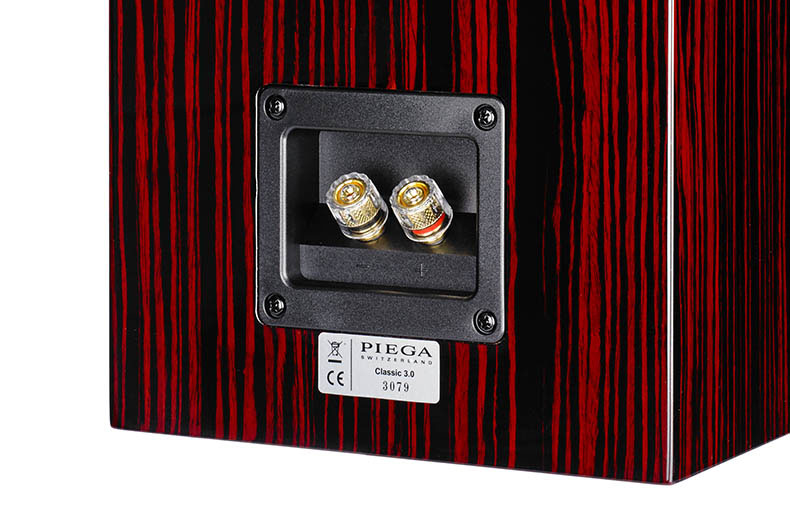
The technical highlight is, of course, that tweeter. Engineered in-house, it’s coupled to an 18cm mid/bass driver.
As is typical, the low-end is tuned by a rear firing port, so the sonic impact of a nearby wall is emphasised over a sealed box design. Connection is through a sturdy pair of binding posts.
The Classic 3.0s are capable of a surprising amount of low-end output. In our test suite they sound most at home well away from the rear and side walls.
We think a metre or so away from these should work well in most rooms. A pair of solid stands is essential too, if you want to hear what these speakers can really do.
The same goes for partnering kit. These Piegas are insightful performers with a good balance of resolution and dynamics, but they’ll only manage to display that if the electronics are right.
Consider partnering them with the likes of Rega Elex-R amplifier with Naim’s CD5 si CD player or Cambridge Audio’s Azur 851N streamer as source, and we’re sure you’ll find plenty to like.
MORE: How to build the perfect speaker
Sound
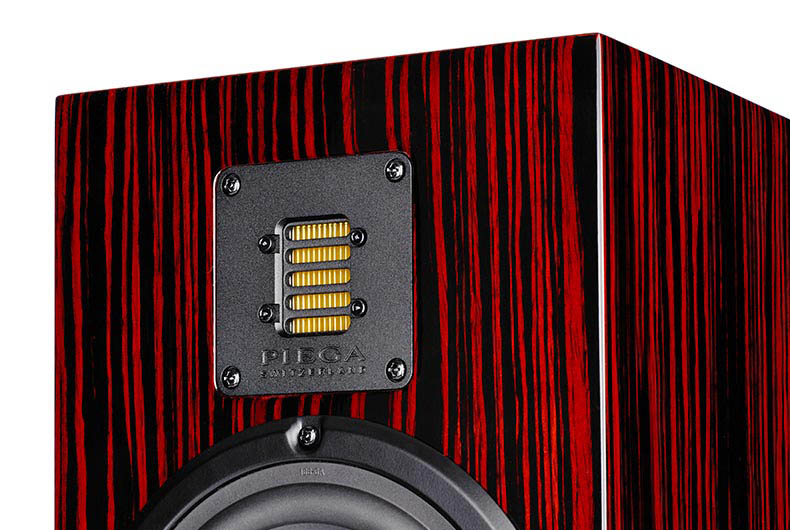
Once given a day or so to bed-in we can’t help but warm to these speakers. They’re not perfect but there’s enough quality on show to keep us listening for hours on end.
We start off with some large-scale classical music in the form of Dvorak’s New World Symphony. Here the Piegas impress by generating a sound full of authority and scale.
They have a meaty low-end that digs surprisingly deep for a speaker of this size. That bass heft gives a firm foundation for the rest of the sound to build from.
There’s a solid dynamic punch and the ability to float a pleasingly expansive soundstage populated by nicely layered instruments.
MORE: Best hi-fi speakers 2016
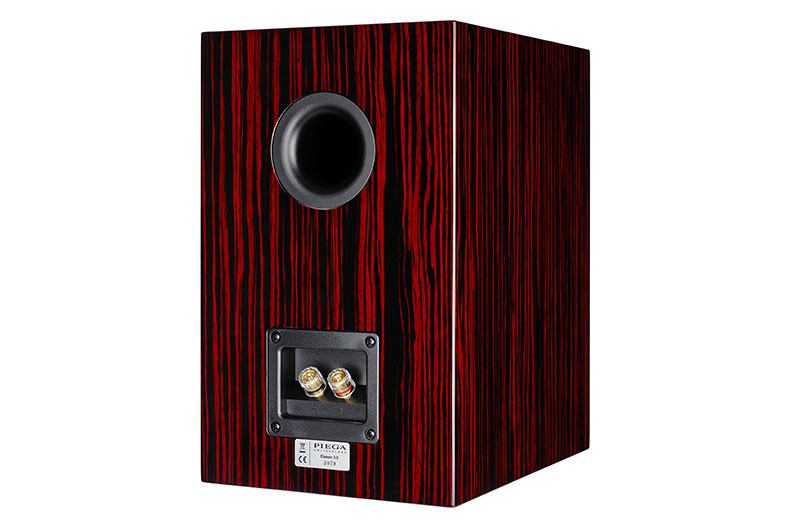
Tonally, things aren’t wholly neutral – the bass is a little over-confident while the mid and higher frequencies are happy to take a back seat.
These traits don’t go too far though, and it’s pretty obvious there’s little to complain about when it comes to articulation and insight.
There’s fine integration between the drive units, which results in an informative and fluid midrange, something that comes to the fore with vocal-led material such as Bang Bang Bang by Tracy Chapman.
The Piegas revel in the texture and nuance of Chapman’s passionate voice, while building a convincing instrumental backdrop around it. There’s a fine level of detail throughout, coupled to a firm grasp of the song’s insistent rhythm track.
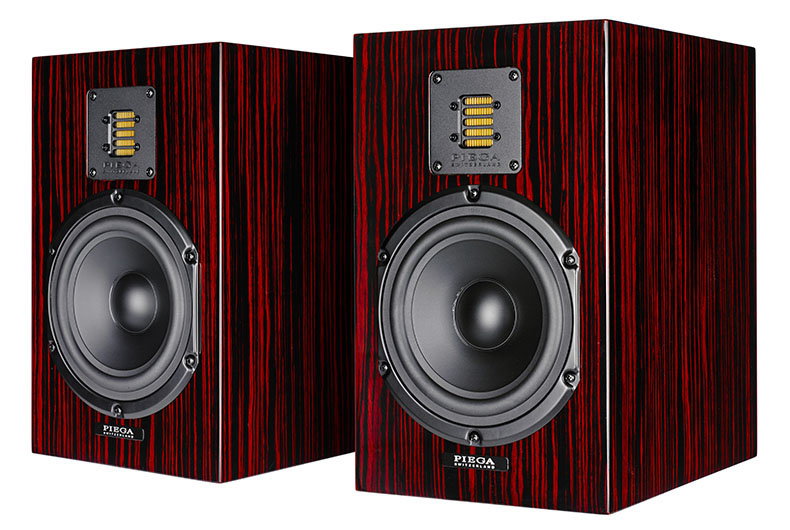
That ribbon tweeter is a lovely unit, delivering the sort of speed and precision even good dome designs merely hint at.
There’s less body to treble sound than we’re used to, but the compensation is a sea of low-level detail that’s usually left unheard by most alternatives.
Move to the likes of Yeezus by Kanye West and the Piegas sound a little less comfortable.
They’re organised, insightful and pack a solid low-end kick but sound a little laid-back when it comes to attack and dynamic punch at mid to high frequencies.
The result is still an enjoyable sound, but one that isn’t as exciting or entertaining as rivals such as Revel’s Concerta2 M16 or ATC’s SCM11s manage.
MORE: Best speaker deals - hi-fi, Bluetooth, wireless
Verdict
Make no mistake, these Piegas are capable speakers.
They have a cultured and authoritative sonic balance that has plenty of appeal, and even if they aren’t the last word in excitement, they are still easily worth an audition.
Read all our Piega reviews
What Hi-Fi?, founded in 1976, is the world's leading independent guide to buying and owning hi-fi and home entertainment products. Our comprehensive tests help you buy the very best for your money, with our advice sections giving you step-by-step information on how to get even more from your music and movies. Everything is tested by our dedicated team of in-house reviewers in our custom-built test rooms in London, Reading and Bath. Our coveted five-star rating and Awards are recognised all over the world as the ultimate seal of approval, so you can buy with absolute confidence.
